FOXG1's Nasha Fitter to Speak at The White House Rare Disease Forum for Rare Disease Day 2024
FOXG1 Research Foundation’s Nasha Fitter is a featured speaker at the White House Rare Disease Forum hosted by the The White House Office of Science and Technology Policy. the White House Office of Science and Technology Policy will host a forum marking Rare Disease Day and highlighting the Biden-Harris Administration’s commitment to supporting patients and families facing a rare disease and delivering progress against the nearly 10,000 known rare diseases that impact up to 30 million Americans. Nasha Fitter will be speaking about the issues with rare disease drug development and share her personal story about her daughter with FOXG1 syndrome.
CareTalk Podcast: Why Rare Disease Research is SO Important
In the CareTalk episode, “Why Rare Disease Research is So Important” Co-host, David Williams is joined by Nasha Fitter, CEO of FOXG1 Research Foundation, which is dedicated to finding a cure for FOXG1 Syndrome and Vice President of RWE and Ciitizen Platform at Invitae, to shed light on the importance of rare disease research, the challenges it faces, and the promising developments in this field.
ONCE UPON A GENE - The 12 Commandments to Guide You When You're Starting a Rare Disease Patient Advocacy Group. With Nasha Fitter and Mike Graglia
Effie Parks celebrated podcast Once Upon a Gene Episode 094: FOXG1 advocate Nasha Fitter and SYNGAP1 advocate Mike Graglia are leaders in the rare disease community and two of the top parent leaders in the advocacy game. In this episode, they're sharing their knowledge, expertise and experiences in an information-packed masterclass on how to build a rare disease patient advocacy group, get funding and forge a path to a cure.
Global Genes Podcast: Empowering Rare Disease patients With Their Own Health Recods
Global Gene’s RareCast Podcast interviews our CEO and Co-founder about our innovative Ciitizen Natural History Study and how health records empower parents and caregivers to make sure researchers really understand our children’s condition.
The View Along the Path to a Cure for FOXG1 Syndrome | An Overview by Nasha Fitter
When Amara was diagnosed three years ago, I didn’t even know what a gene was. My background was in technology and business and I wasn’t prepared for the world of science. Luckily, my career had prepared me to tackle an impossible problem that no one has solved before. Being strategic and understanding the various pieces that need to be put together to achieve your end goal is critical in rare disease leadership. I have made mistakes over the past three years, and I have had successes. My goal in this blog series is to share those, and to continue sharing our experiences and journey of the FOXG1 Research Foundation as we work to find a cure for our children and everyone with FOXG1 syndrome.


